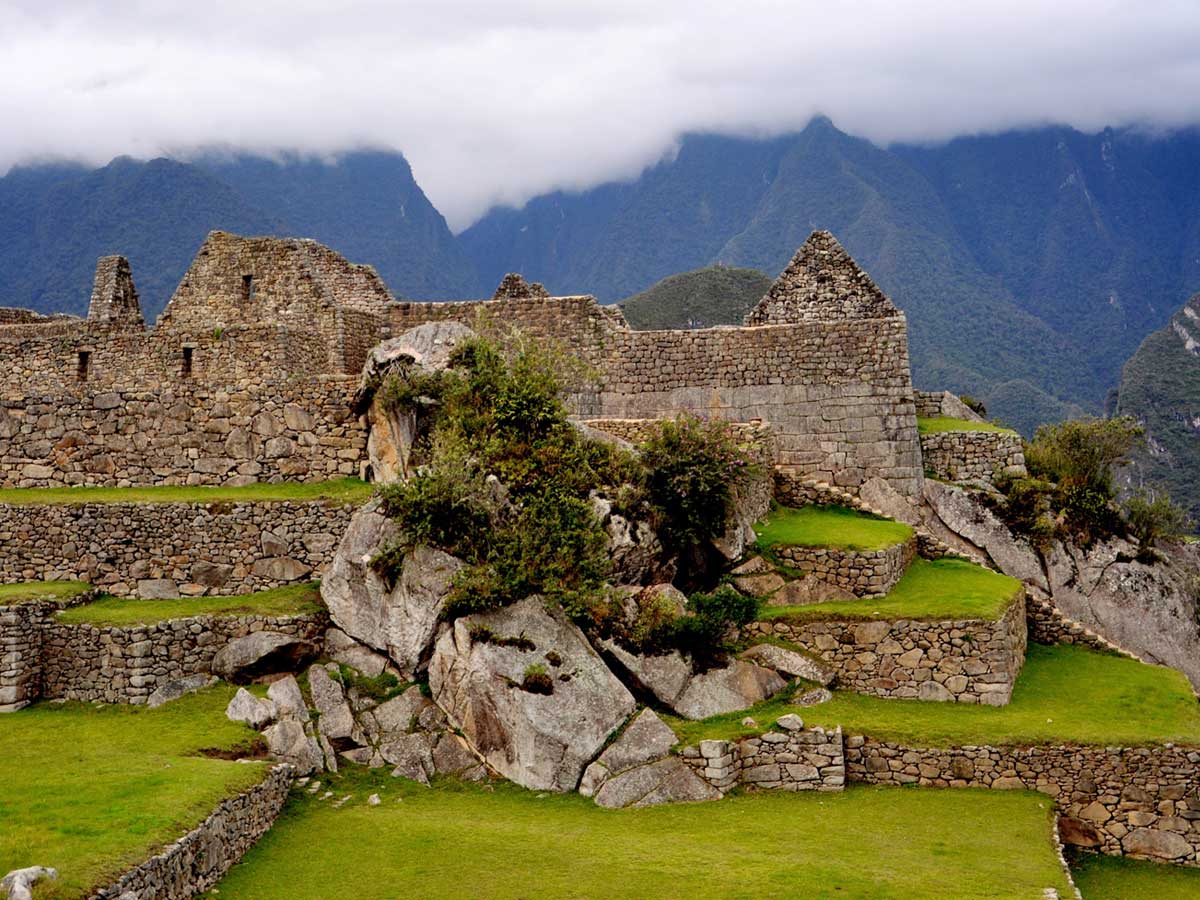
The Inca Trail to Machu Picchu is recognized worldwide not only as one of the best hiking routes, but as a true pilgrimage through history. To walk its ancient stone paths is to walk in the same footsteps that the Inca Empire made centuries ago, connecting sacred valleys, mountains and ceremonial centers.
The trail to Machu Picchu is a personal challenge that rewards the effort with spectacular views that change at every moment, from dry high mountain passes to the lush vegetation of the forest. It is a unique opportunity to get to know nature up close, to hear only the sound of the wind in the Andes, and to share the experience with other travelers who, like you, are looking for something more than a simple vacation.
But, what is it that really motivates thousands of people each year to undertake this journey? The reasons are as varied as the landscapes that are traveled, and they range from personal achievement to the deep desire to connect with history. Below, we will explore the motives that make this hike an experience that marks the lives of those who dare to do it.

When considering a visit to Machu Picchu, it's important to note that the only month to avoid is February. During this time, the Inca Trail, the Machu Picchu sanctuary area, and other Inca archaeological sites along the route are temporarily closed for essential restoration work.
When strategizing your travel plans, here are some key factors to bear in mind:
The Inca Trail encapsulates the essence of Peru in a condensed form: vibrant emerald cloud forests teeming with diverse bird species, towering Andean peaks, challenging mountain passes, and a landscape adorned with age-old ruins that remain within reach exclusively for those who traverse this renowned route.
Yet, while the trek itself boasts undeniable beauty, the true allure that drives its immense popularity unfolds at the culmination of this four-day expedition: the moment you pass through the Sun Gate and lay eyes on the enchanting Machu Picchu in the distance. This ethereal vista is reserved solely for Inca Trail trekkers, offering them a sunrise spectacle that elevates this journey to a prominent position on numerous 'South America bucket lists.' It is this crescendo, set against one of the world's new seven wonders, that makes the Inca Trail an irresistible choice for adventure seekers.

Preserving the Inca Trail's ecological integrity and minimizing the effects of overuse and erosion is a priority for the Peruvian government. To achieve this, they impose strict daily limits on the number of individuals allowed on the Inca Trail. Only 500 people have the privilege of accessing the trail each day when it's open, and to secure one of these coveted permits, you must make your reservation through an authorized tour provider. Out of these 500 daily slots, approximately 200 are typically allocated to trekkers, with the remaining 300 being dedicated to guides, porters, and cooks who accompany the hikers.
In summary, due to the scarcity of permits and the high demand for this iconic experience, it is imperative to plan and book your trek well in advance, exclusively through a reputable tour company, to embark on your Inca Trail adventure.
For those looking for adventure and nature, arriving at Machu Picchu on foot is one of the most rewarding ways to experience this wonder. There are several trekking routes that cross Andean landscapes, cloud forests and ancient Inca trails. These are some of the most outstanding hikes:
Other equally fascinating tours: